We are putting a lot of energy behind our fiction shows: Ravish Kumar
Buoyed by the growing success of the regional broadcast portfolio, Viacom18 last week announced the launch its first homegrown regional channel – Colors Super. The new channel will be launched on July 24, 2016 in the Kannada market, where it already operates the current market leader – Colors Kannada.
Elaborating on the launch of the first homegrown regional channel of Viacom18, Ravish Kumar, Project Head, Regional Channels (Colors Kannada, Colors Super and Colors Bangla), Viacom18, said, “Colors Kannada is loved by viewers for its innovative content, strong production values and stories that epitomise the rich culture, values and traditions of Kannadigas. With the launch of Colors Super, our aim is to create a superb family viewing experience by offering viewers an exciting mix of stories and genres that are currently absent but much in demand. The two channels – Colors Kannada and Colors Super – shall complement each other and offer viewers holistic and superlative entertainment.”
In conversation with AdGully, Ravish Kumar speaks at length about the broadcast market in the South, specifically the Kannada market, plans for Colors Super, and more. Excerpts:
You have explained that the market size is set, but what is the GEC size like in terms of revenue?
Revenue of the Kannada GEC market is about Rs 600 crore. This is purely GECs and it is been growing handsomely, by a good 15 per cent every year.
What about the overall Kannada market?
The overall Kannada market would be, including news channels and a bunch of smaller channels, anywhere between Rs 700 crore and Rs 800 crore. But these estimates might vary.
And what about the overall South market?
The Southern market is a huge market, because Tamil Nadu itself turns into, you know, Rs 2,000+ crore. Tamil, Malayalam and Telugu are big and vibrant markets.
Why did you feel the need for launching Colors Super in the Kannada market?
I think if you step back for a minute and look at the size of the market, it’s, let’s say, Rs 500-600 crore. But the fact is that there are only four Kannada GECs in the market. Compared to this, when you look at some of the other Southern markets, the number of channels there are around 20 or more. This is a very clear indicative of strong demand, regardless of our price point. And more importantly, if you look beyond TV, there is a huge print market in all these regional markets. A lot of it also comes from offering solutions to the retail advertisers. You are obviously expanding the market and expanding the ad rates. So, you are getting more money from the advertisers. And at the same time, a lot of the print money and local clients are also coming to you because now you have the capability to cut it finely. So whichever you look at it, TV as a media has the lowest cost per subscriber or is very cost-effective compared to print.
What would you attribute the success of Colors Kannada to – its content or were there any other marketing factors at work?
It’s a tough question to answer. I think we did a lot of things very differently. Firstly, we chose to invest in fiction. While our rival channels were putting money behind movies, for instance, movie premiers, we decided to put our money behind fiction shows and up the production value. So, rather than just shooting them in the studio, we started taking them off site at outdoor locations. We have shot our fiction shows abroad as well, such as Australia and some other parts of the world. People love fiction and they are very into it and they comeback for it day-in and day-out. So we wanted to make that experience a delight for everyone.
So, if you look at our shows, you have superb production values, and please don’t confuse it with high costs. The two are very different. It comes from your casting, the faces you put forward, where the sets are, etc. So, our fiction shows look spectacular, and also in a way they are connected at a very emotional level. So we put our energies, time and effort behind fiction. We have clearly said that’s the driver, that’s the bread and butter of every channel. At the same time, we brought in a lot of excitement to the channel by doing big ticket non-fiction. Thus, you saw ‘Bigg Boss’ for the first time in Kannada. It was a huge show. Then we came up with ‘Dancing Stars’.
So, are you planning to bring in content like ‘Splitsvilla’ in the Kannada market as well?
It’s a good thought and we are chasing all those thoughts – whether content like ‘Coke Studio’, ‘Roadies’ or ‘Splitsvilla’ will work in this market. As I said earlier, we have put a lot of thought behind our fiction shows. In terms of non-fiction, we have brought excitement and innovation into the market. So, we started off with ‘Bigg Boss’ on week days that ran for around 100 days or three months. We then followed it up with non-fiction shows on weekends. In other words, we disrupted the viewing patterns, brought in scale at the market, which had not seen any really upscale stuff. Apart from this, we keep doing festival programming, serials, big ticket events, etc. For instance, in fiction, our team loves to shoot weddings because viewers love to watch weddings. I have teams that are almost like event planners. So they sit and meticulously detail every single thing – right from the flower arrangement to the tableware to what everyone is going to wear to the backdrop, the music – we do it for every single show and none of them can be replicated. So it is that attention and love for detail which is resonated.
What has been the viewer reaction?
For the viewers, it is like watching a Karan Johar wedding – that’s the kind of wedding you would want. And even if you look at our shows, they are all stories you can empathise with and connect with. They are stories with a message and have have values which are deeply rooted in our society. No one is openly disrespectful. Your mother-in-law maybe a tyrant, but at the end of the day it’s about winning her, turning her around and getting her on your side and that’s the journey people empathise with. It is very easy to brashly stand there and talk and walk out of the house, but those are not the values that viewers identify with.
You had spoken about expanding the genres in some stories, so are there any insights in terms of content that you have picked up from the new genres?
A couple of things. You try to look for examples on what works in that market. Has any other channel tried it before? What worked or did not work? If it didn’t work, what went wrong? So always learn from the outliers. The successes and the failures. Everything else is in between. Not much to learn there. Then you take a step back and look at other South Indian markets. If it is about films, then what kind of movies are working. In our case we have our portfolio right. We know what’s working, what the youth want to watch, we know what’s working in Hindi. And then you take a step back and look at what’s working internationally. So we have a lovely montage. That’s what I love about my job, the ability to go around and look, pick and choose.
You know these days, let me make it clear, you don’t need to reinvent the wheel, the wheel is there, you just need to spot it. And that part of the talent comes from understanding what can be meaningfully used in your market. That is where the biggest challenge is. A lot of ideas are great, but they may not be suited for that particular market. So when you look at where the insights come from, they come from the appreciation of the people, the cultural context and secondly, they come from the appreciation of what we see around us, not really as a fan, but more as a viewer. So when you look around you see mythos, supernatural, romcoms, hard-core drama – all these are indicators.
You had said that there were certain genres you wanted to do. So don’t you all have some similar ideas for regional channels such as Colors Gujarati or Colors Kannada?
Absolutely. We always sort of cross-pick stories. Across our entire universe, we are looking for stories. Even as we speak, there are Hindi shows being remade in Kannada, there is a Marathi show which I am doing in Bangla, so on and so forth. There are enough examples of this cross-pollination which is happening.
What is the content strategy now for the channels given this cross-pollination?
Our strategy is very straight-forward. One thing is to look for channels which are under-represented. But at the end of the day you are a GEC, so you will have hard-core drama, and you will have daily soaps. Our content strategy is driven by strong stories. We aren’t targeting a different kind of viewer, we aren’t targeting a specific stream of content. We are not limiting ourselves. We are opening ourselves.
How many hours of original content have you kept for Colors Super?
Four hours a day is what we are leading with. We have a reality show, which is a weekday reality show. The remaining three hours will see conventional half-hour programming. Weekends will be largely movie premieres and since we are a new channel, a lot of it is going to be repeats and catch-ups as well.




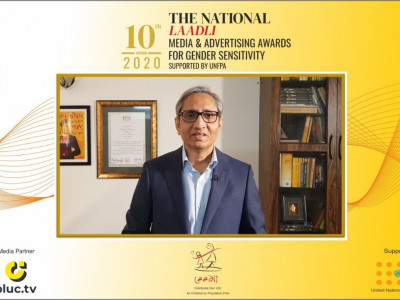
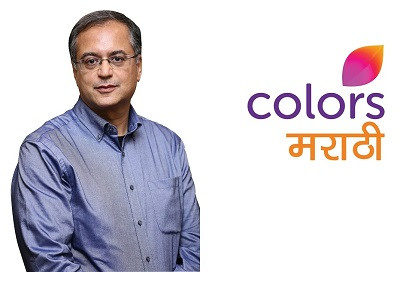




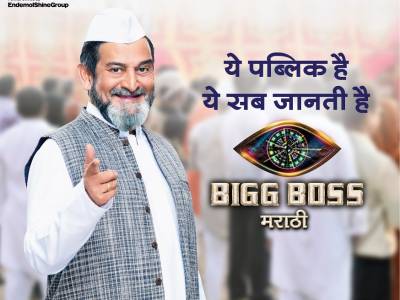
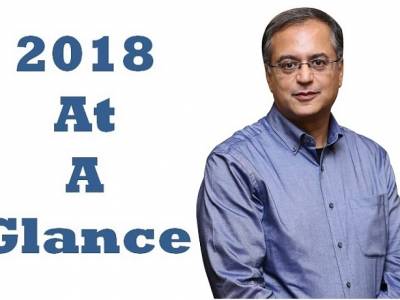
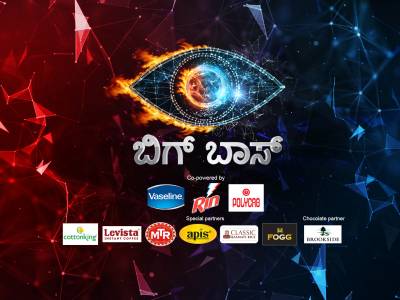

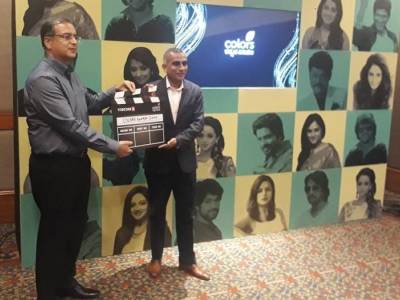
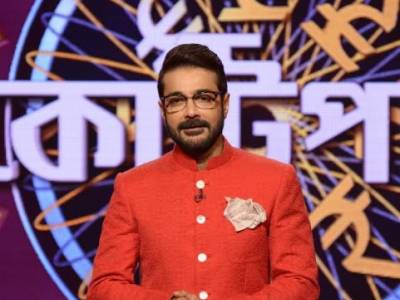


Share
Facebook
YouTube
Tweet
Twitter
LinkedIn